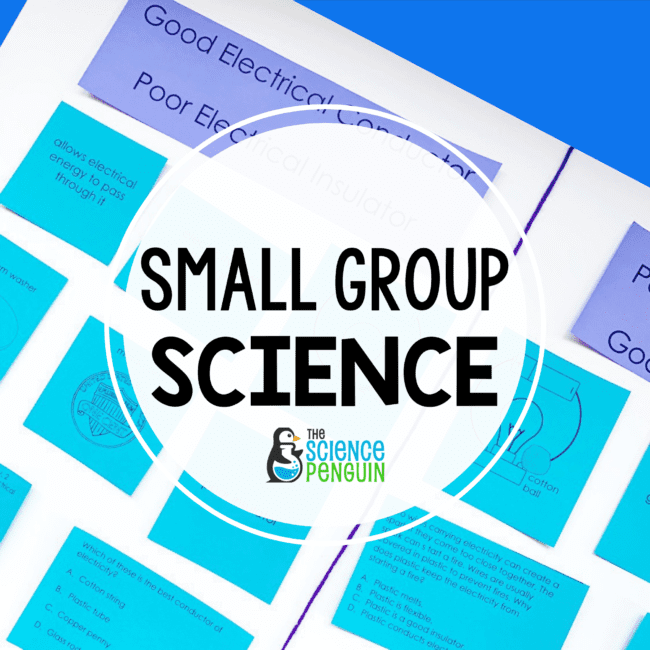
“What exactly do you do in small groups?”
This is a question I received for years, although I could never seem to provide a great answer.
I have since developed a program for science intervention that helps teachers effectively and efficiently re-teach difficult science concepts.
5 things you will love about this program
- Research-based strategies
- Specifically developed for the tested 5th Grade Science TEKS
- Minimal prep and planning
- Includes all of my tips and tricks
- Efficient use of your limited time

This resource includes all of the activities I’ve used with students to help them better understand the vocabulary and content. This works with real kids. While I love that online programs can provide a degree of intervention, there is nothing like the impact of human interaction when it comes to learning.
See it on TpT! Small Group Science
FAQ
Who is this resource for?
This is a tool for teachers to use as intervention with small groups of students who require additional support for academic vocabulary, language acquisition, and/or making connections with new material.
Why teach in a small group?
I have found that many students benefit from support in a positive small group setting where they are free to ask questions and where I can address misconceptions. The activities are specifically designed to quickly improve vocabulary and content knowledge related directly to the Student Expectation from the TEKS.
How long do the lessons take?
The lessons are designed to take 20 minutes, but this will heavily depend on your students, conversations, and teaching style. Stopping to address misconceptions or go deeper is more important than completing the included content.
If you have extra time, you can add additional ideas to your sort, answer the multiple choice questions from the sort, make a graphic organizer of the information you discussed, or review vocabulary.
How do I use this resource?
I included a breakdown of your 20-minute small group session, all printables, and example photos. You need minimal materials that are easy to find for the stimulus section of each lesson. While the activities in the lessons are tools to help students master the content, feel free to divert from the lesson for teachable moments and clarification. If you don’t complete a lesson, it’s okay. It is more important to impact student learning than to complete all of the activities.
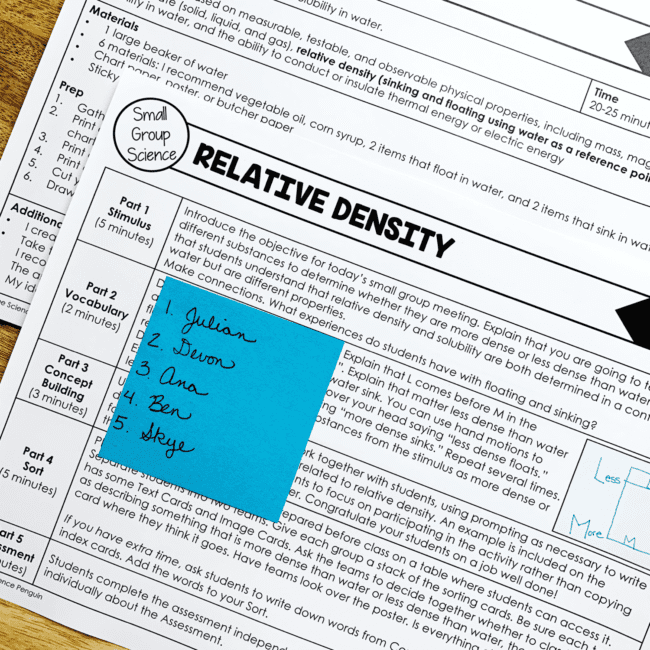
Small Group Science Bundle
This bundle includes all 20 small group lessons.
See it on TpT! Small Group Science
Small Group Science Units
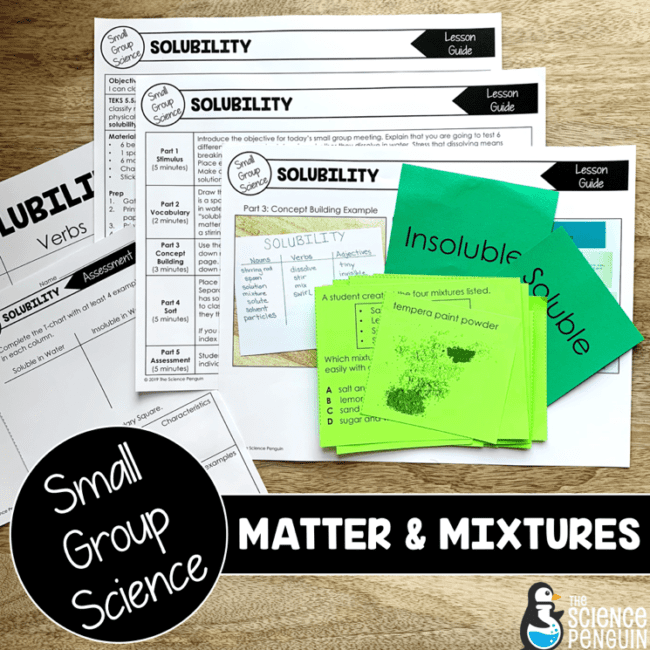
Matter & Mixtures
1. Solubility: Soluble vs. insoluble matter (TEKS 5.5A)
2. Relative Density: Comparing the relative density of matter (TEKS 5.5A)
3. Electrical Conductivity: Good and poor electrical conductors; good and poor electrical insulators (TEKS 5.5A)
4. Properties of Matter: Interpreting data about the physical properties of matter from a table (TEKS 5.5A)
5. Physical Properties of Mixtures: Determining whether or not ingredients of a mixture maintain their physical properties (TEKS 5.5B and 5.5C)
See it on TpT! Matter & Mixtures
Force & Energy
1. Uses of Energy: How we use electrical, thermal, mechanical, light, and sound energy (TEKS 5.6A)
2. Circuits Vocabulary: Closed vs. open circuits (TEKS 5.6B)
3. Complex Circuits: Tracing the path that energy flows in a circuit (TEKS 5.6B)
4. Behavior of Light: Reflection vs. refraction (TEKS 5.6C)
5. Force & Motion: Force and motion vocabulary (TEKS 5.6D)
See it on TpT! Force & Energy
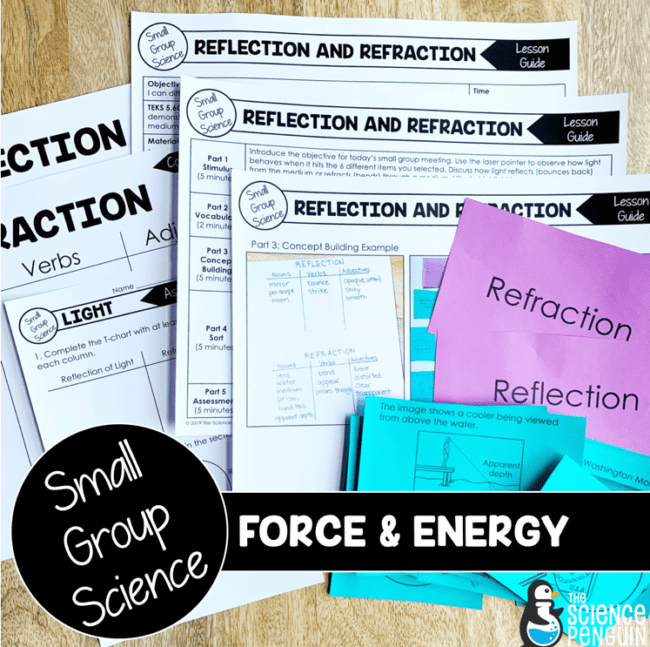
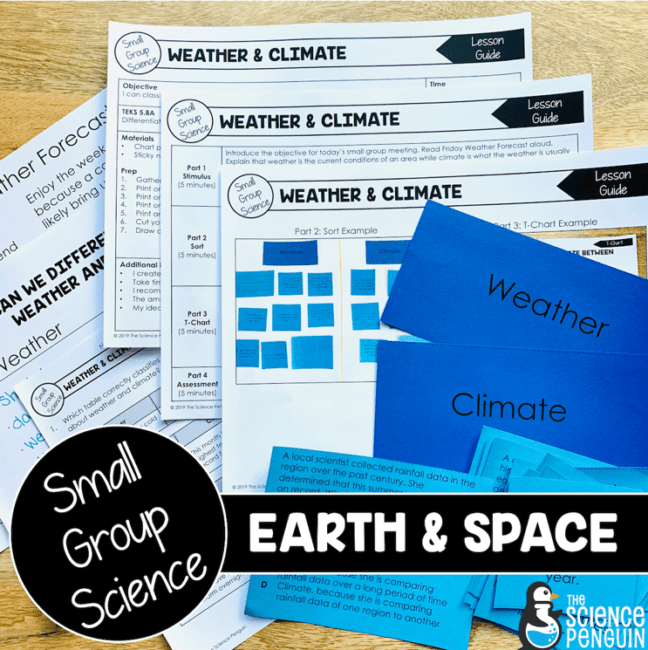
Earth & Space
1. Sedimentary Rock: how sedimentary rock forms (5.7A)
2. Landforms Formation: U-shaped valley vs. canyon formation (5.7B)
3. Weather & Climate: classifying statements as referring to weather or climate (5.8A)
4. Water Cycle: interpreting water cycle diagrams (5.8B)
5. Day & Night: why we experience day and night and why the sun appears to move across the sky (5.8C)
See it on TpT! Earth & Space
Life: Organisms & Environments
1. Ecosystem Interactions: Classifying interactions as with living or nonliving components of an ecosystem (TEKS 5.9A)
2. Food Webs: Interpreting food webs with 6-8 organisms (TEKS 5.9B)
3. Adaptations: Comparing and contrasting structures and functions organisms use for survival (TEKS 5.10A)
4. Traits & Behaviors: Differentiating between acquired physical traits vs. inherited physical traits and instincts vs. learned behaviors (TEKS 5.10B)
5. Life Cycles: Comparing life cycles (TEKS 3.10B tested on STAAR)
See it on TpT! Organisms & Environments
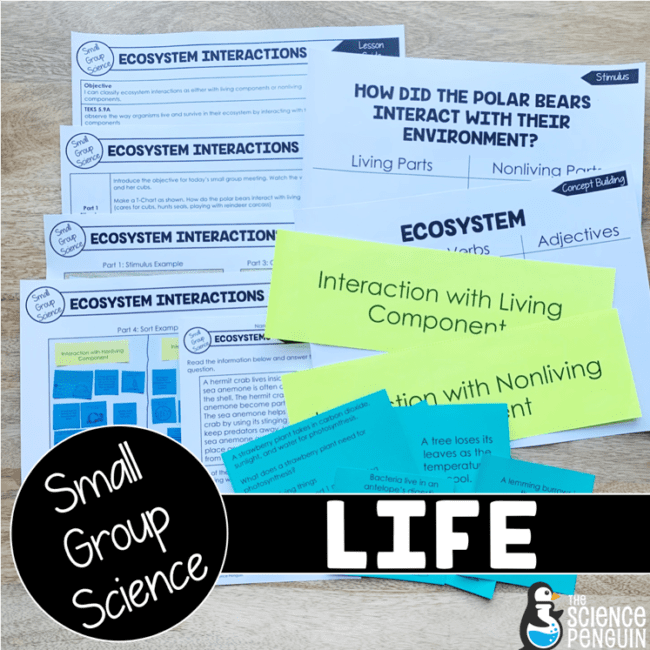
Exclusive Science STAAR Info
Want exclusive 5th grade science STAAR prep and info? Sign up and check your email to confirm.

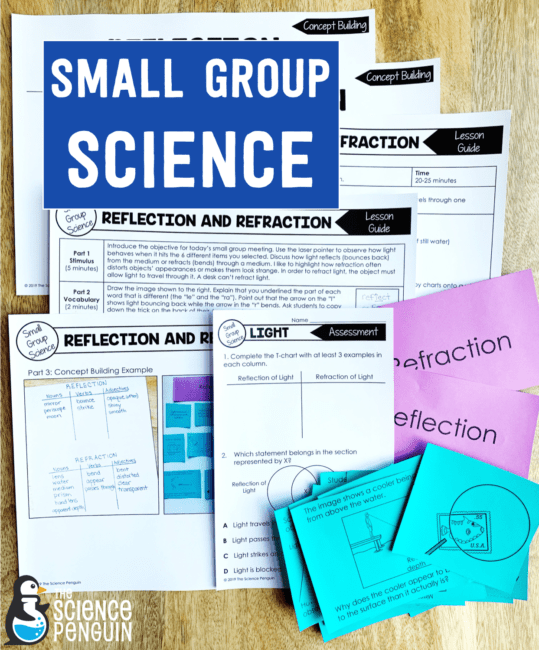
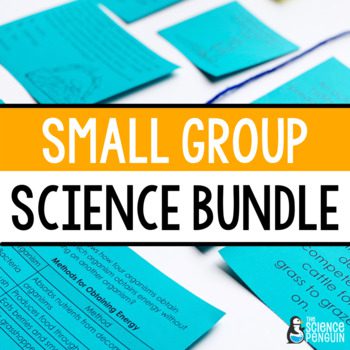

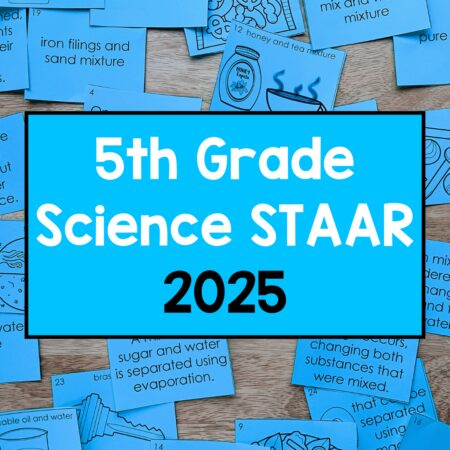
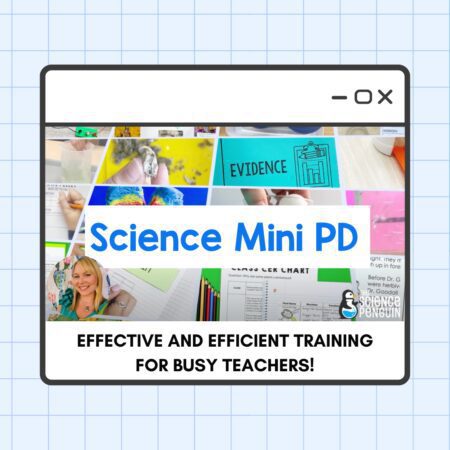

10 thoughts on “Small Group Science: An Intervention Plan for Tutoring”
Your post on small groups gives great reasoning as to why small groups are so important. I appreciate the quote you used, “Never underestimate the impact of human interaction when it comes to learning.” The small group science bundle is a useful resource for teachers looking to incorporate small group activities into their classrooms.
I love your ideas for small group learning because I personally think that small group work is important for student learning! The activities that you included were unique and will allow students to share their thoughts and work as a “team” to complete the worksheets. Your small group bundle is an amazing idea, especially for new teachers who are looking for more ideas on how to teach students in groups. You had some great ideas that I will remember for my future classroom!
I love this! Do you have 4th grade?
Just 5th 🙂
Hello! My district is implementing small groups for Science this upcoming school year. I was wondering if there are resources that would guide me in how to get started or read more about implementing using resources.
The resources themselves have very detailed lessons. Thanks!
I love the idea of small groups. Do you have this in NGSS?
Sorry, we do not.
Do you have planning templates for small group?
The resources we sell have the plans. 🙂